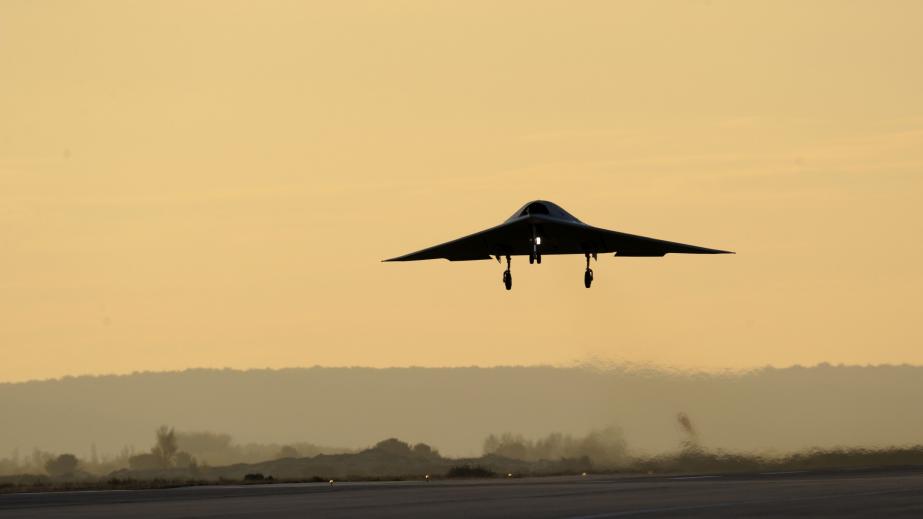Velivoli da combattimento senza pilota, intelligenza artificiale e futuro della difesa
The conflict in Ukraine has marked a turning point in the use of drones in a large-scale conflict between conventional forces of comparable size and capabilities. Today's aerial drones are usually designed to operate in asymmetric warfare situations and in the absence of advanced enemy air defence systems. However, high-intensity combat scenarios against technologically advanced opponents require the use of increasingly sophisticated next-generation systems. Major military powers, from China and the US to European countries, are therefore focusing on the development of uncrewed combat air systems (UCAS), to be integrated into air operations where uncrewed systems will collaborate with piloted combat aircrafts to increase their effectiveness. The evolution of new UCAS is inextricably linked to the development of advanced capabilities in several strategic fields, including artificial intelligence – not only to be able to operate in environments where wireless communications are jammed or disrupted, but also to process huge amounts of data in real-time. The challenges and opportunities for Italy and Europe on an industrial, technological and operational level are manifold.
These issues are at the core of a IAI study that will be presented at the conference on November 21. It will be discussed by authoritative representatives from the Armed Forces, industry and institutions.



